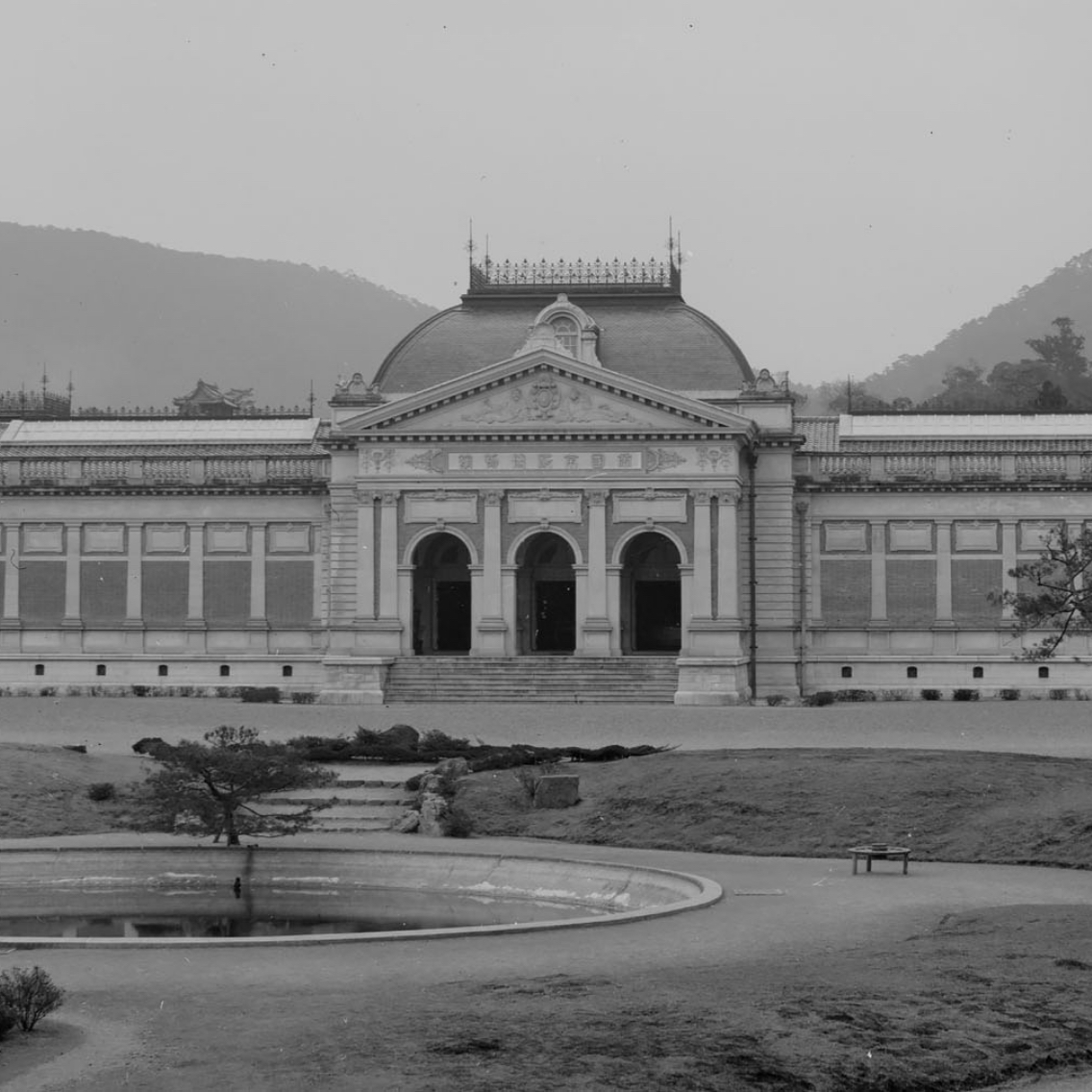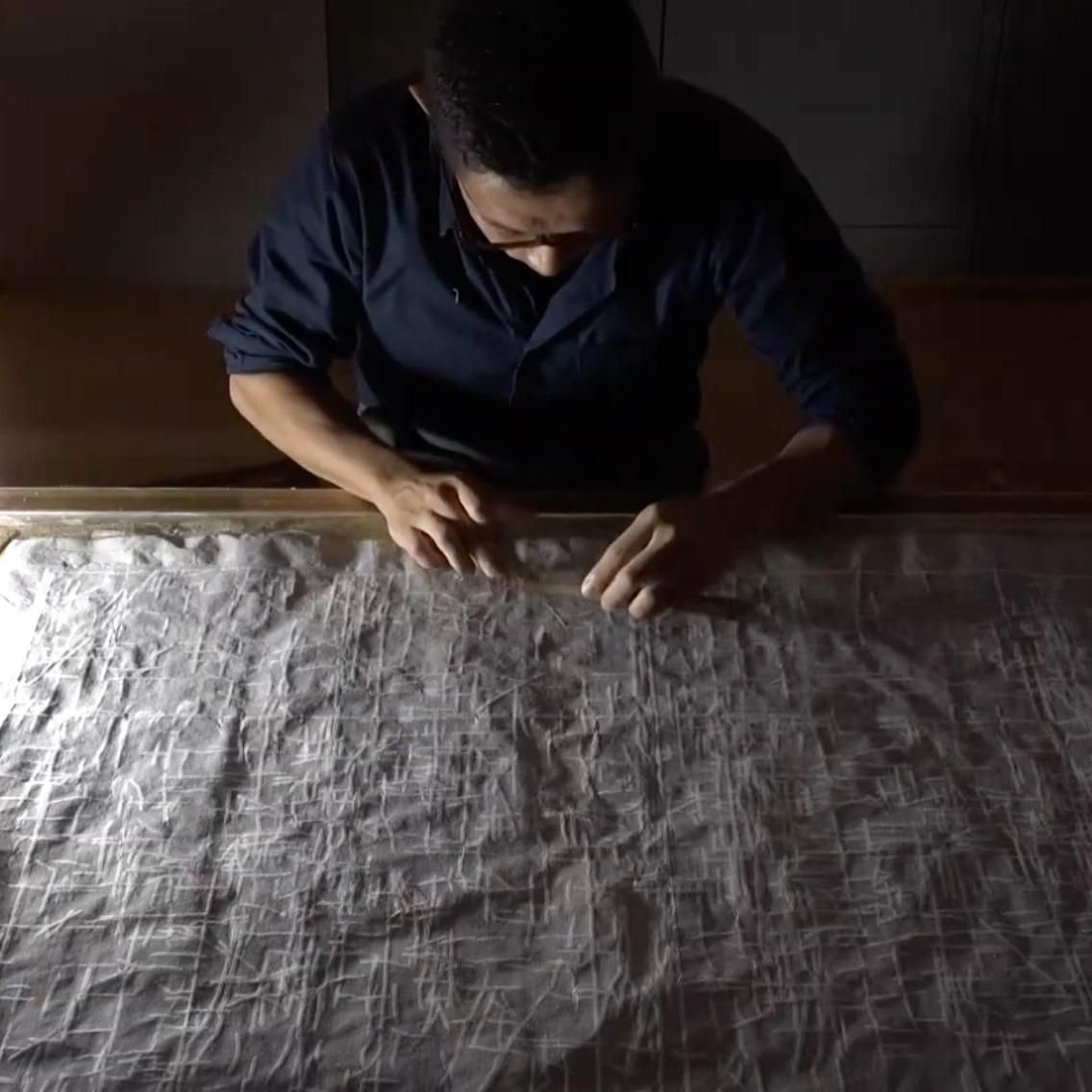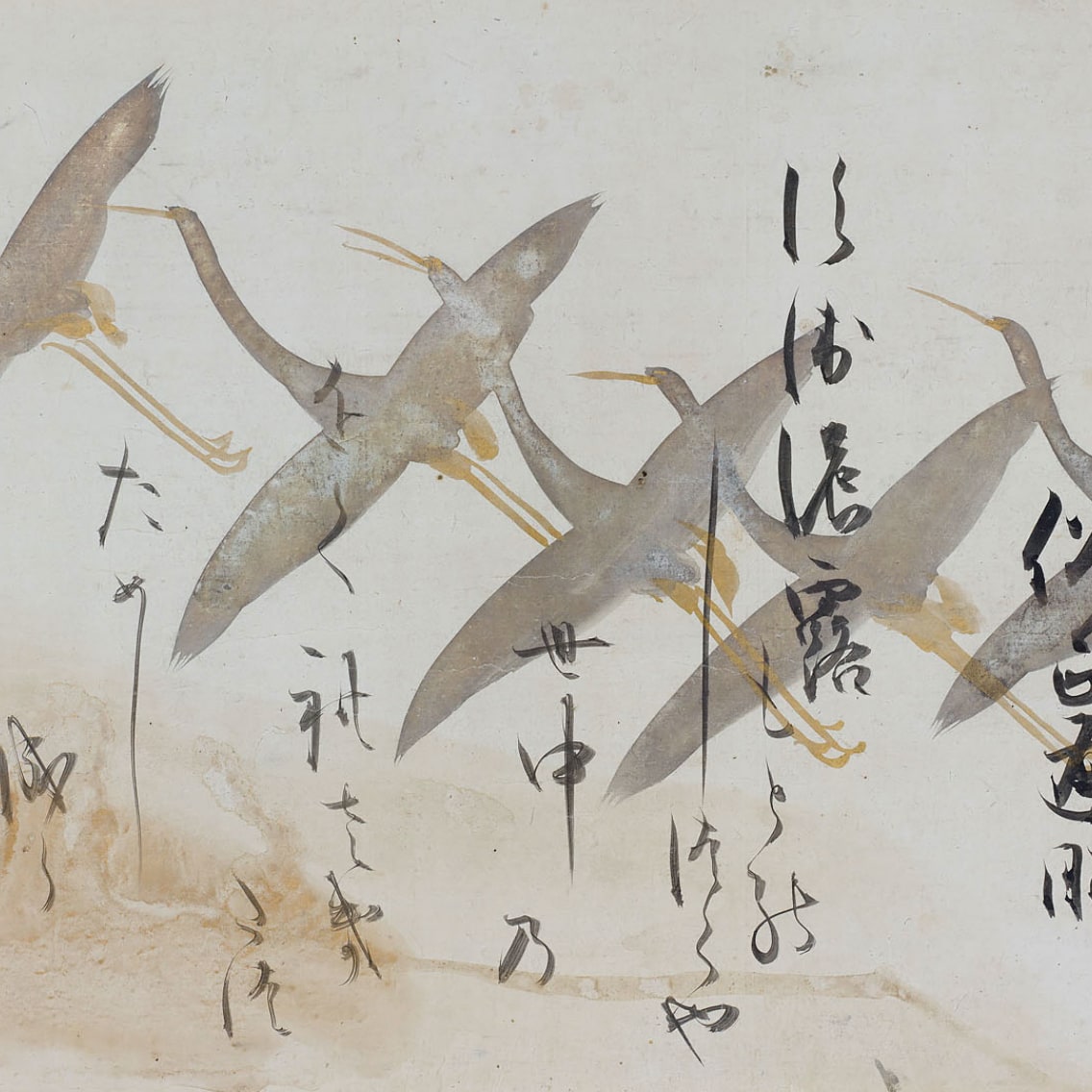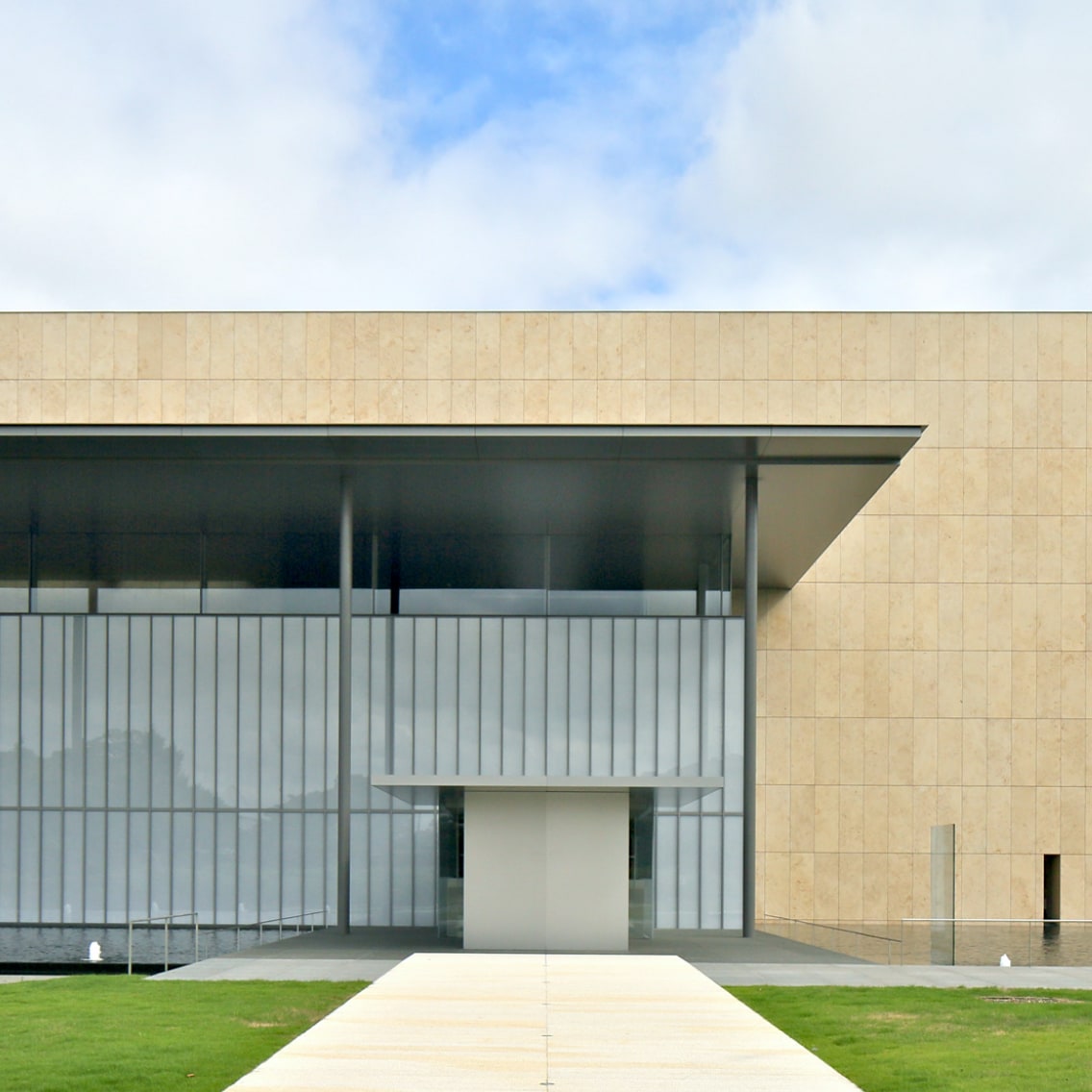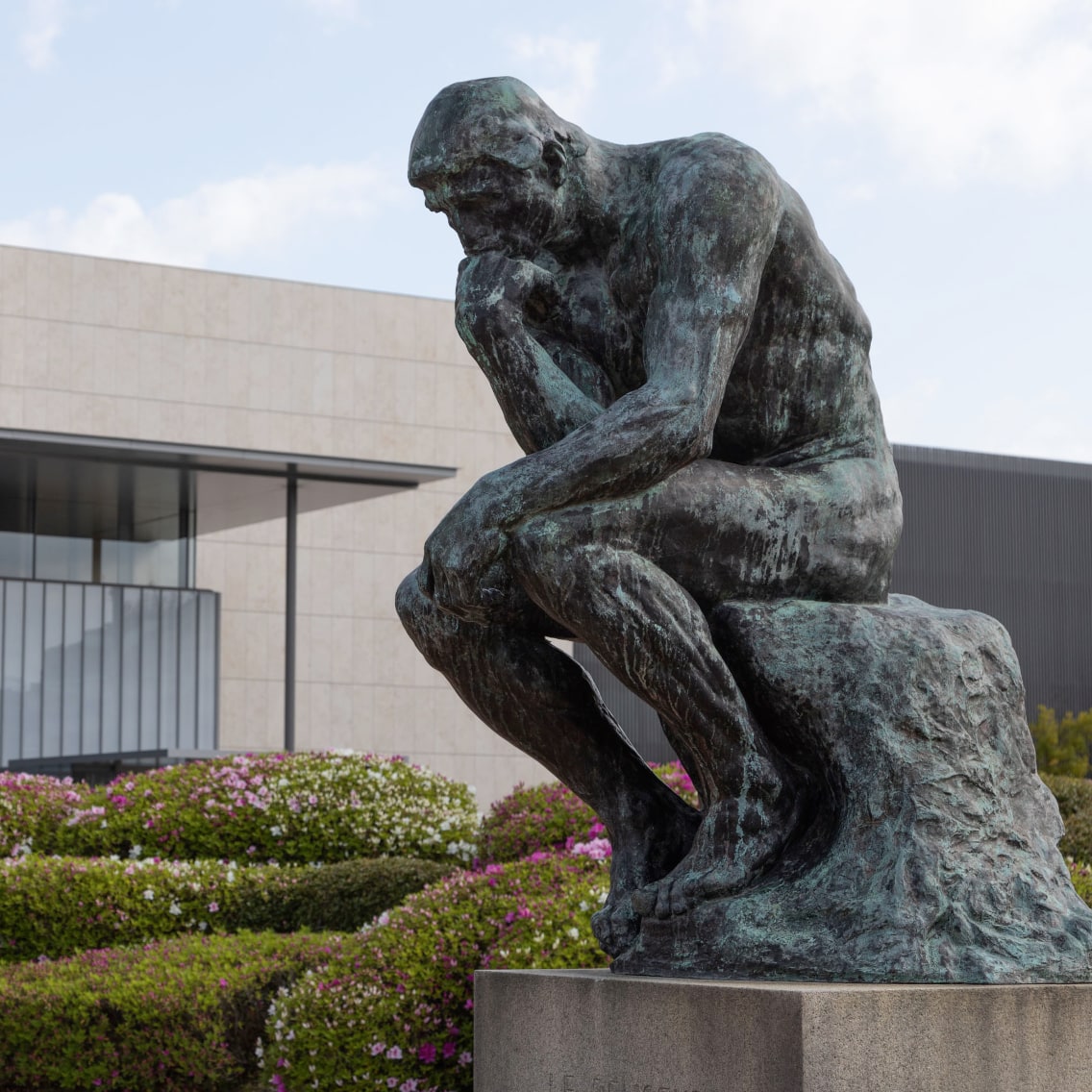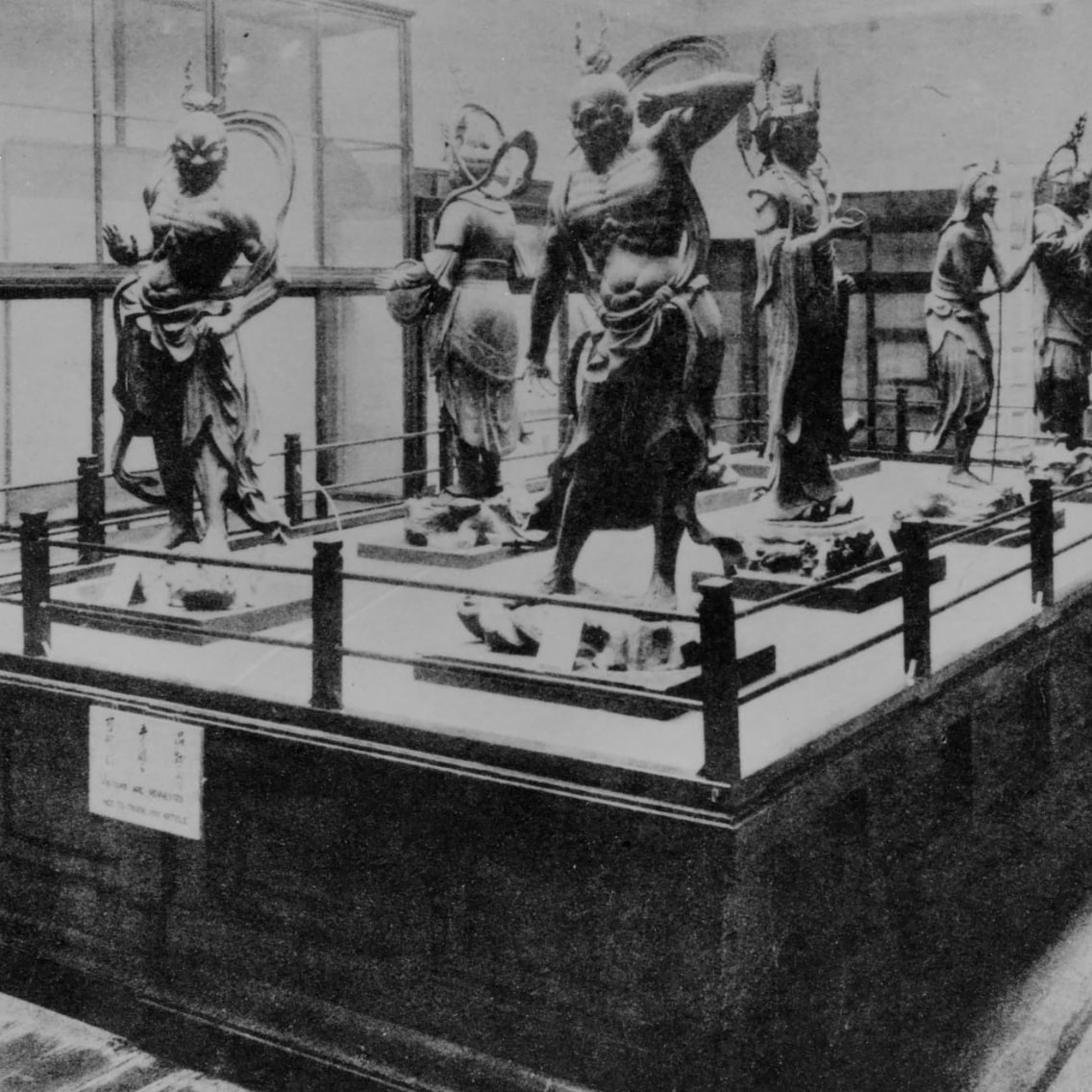Opening of the Heisei Chishinkan Wing
A Museum for the 21st Century
To celebrate the centennial anniversary of the Kyoto National Museum in 1997, plans were made to replace the New Exhibition Hall with a more modern museum facility. The older building was dismantled in 2009, and in 2014 the new Heisei Chishinkan Wing designed by architect Taniguchi Yoshio was opened. The gallery space inside this new wing is currently used both for exhibitions of the museum collection and as a venue for special exhibitions.
A barrier-free building, the Heisei Chishinkan Wing includes galleries and storage facilities equipped with seismically isolated floors for the safety of the artworks. The exhibition cases boast high permeability glass and LED lighting for optimum viewing. With the completion of the Heisei Chishinkan Wing, the Meiji-period Main Hall was renamed the Meiji Kotokan, so that each building now bears the name of the era in which it was built.
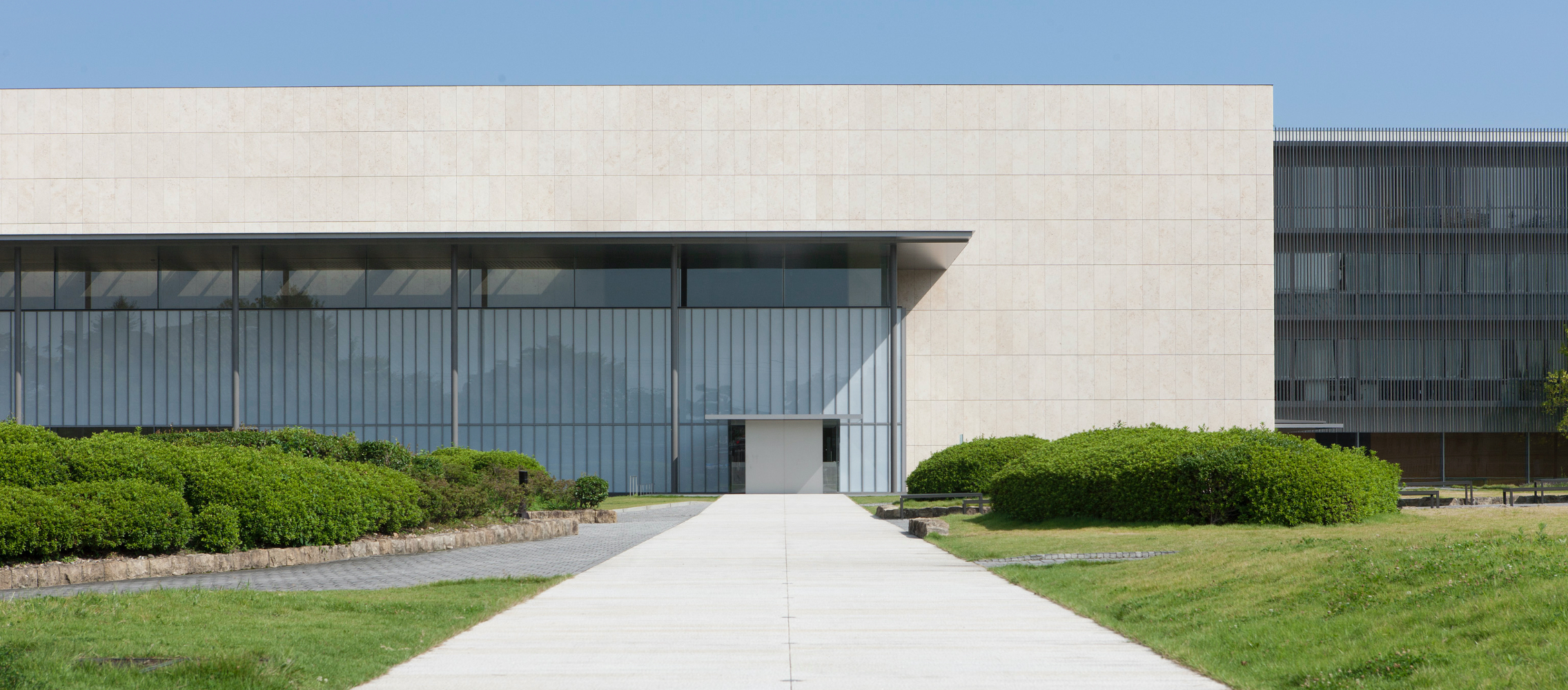
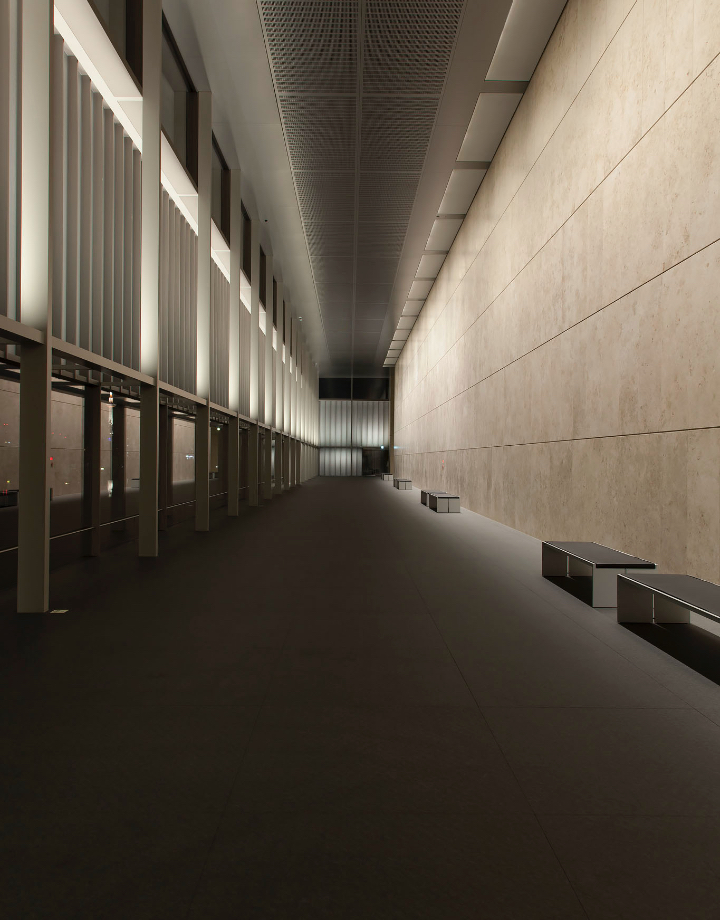
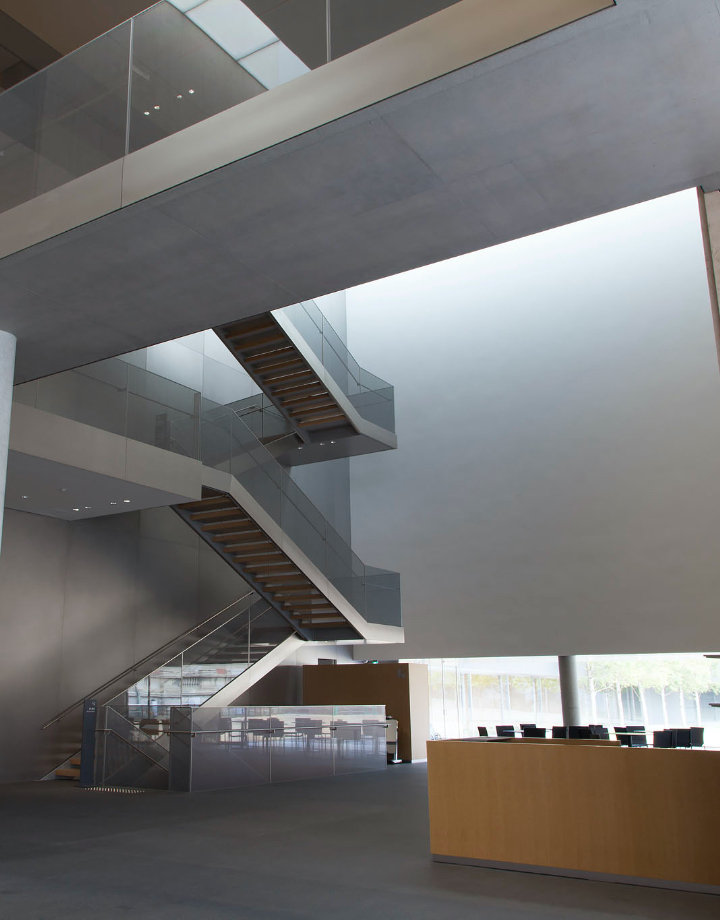
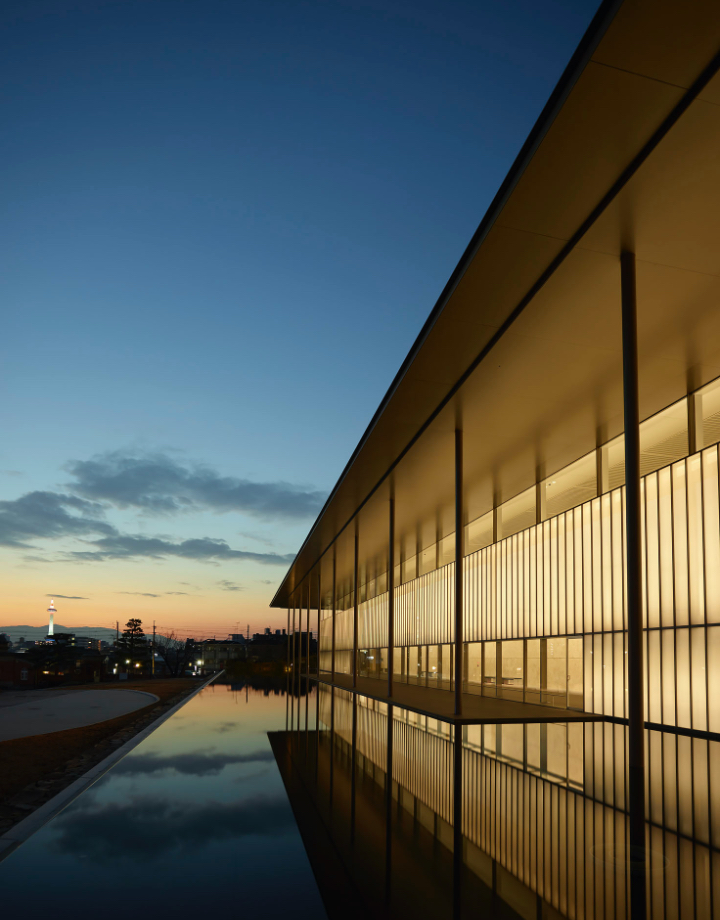
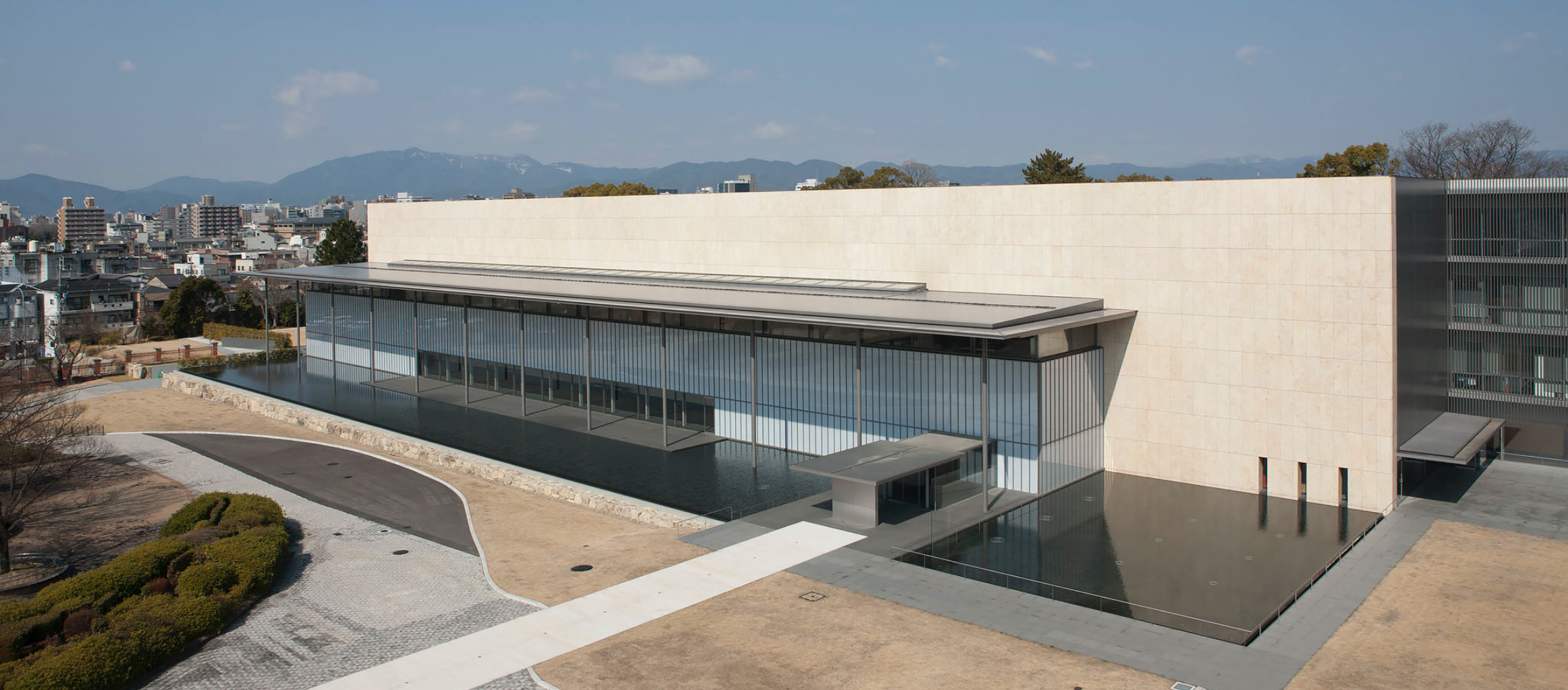
Collection Exhibition
Kyoto: Splendors of the Ancient Capital
The exhibition Kyoto: Splendors of the Ancient Capital was held in 2014 to celebrate the opening of the Heisei Chishinkan Wing. The new wing, built to house the museum's collection exhibitions, was filled with museum masterworks for this inaugural exhibition.
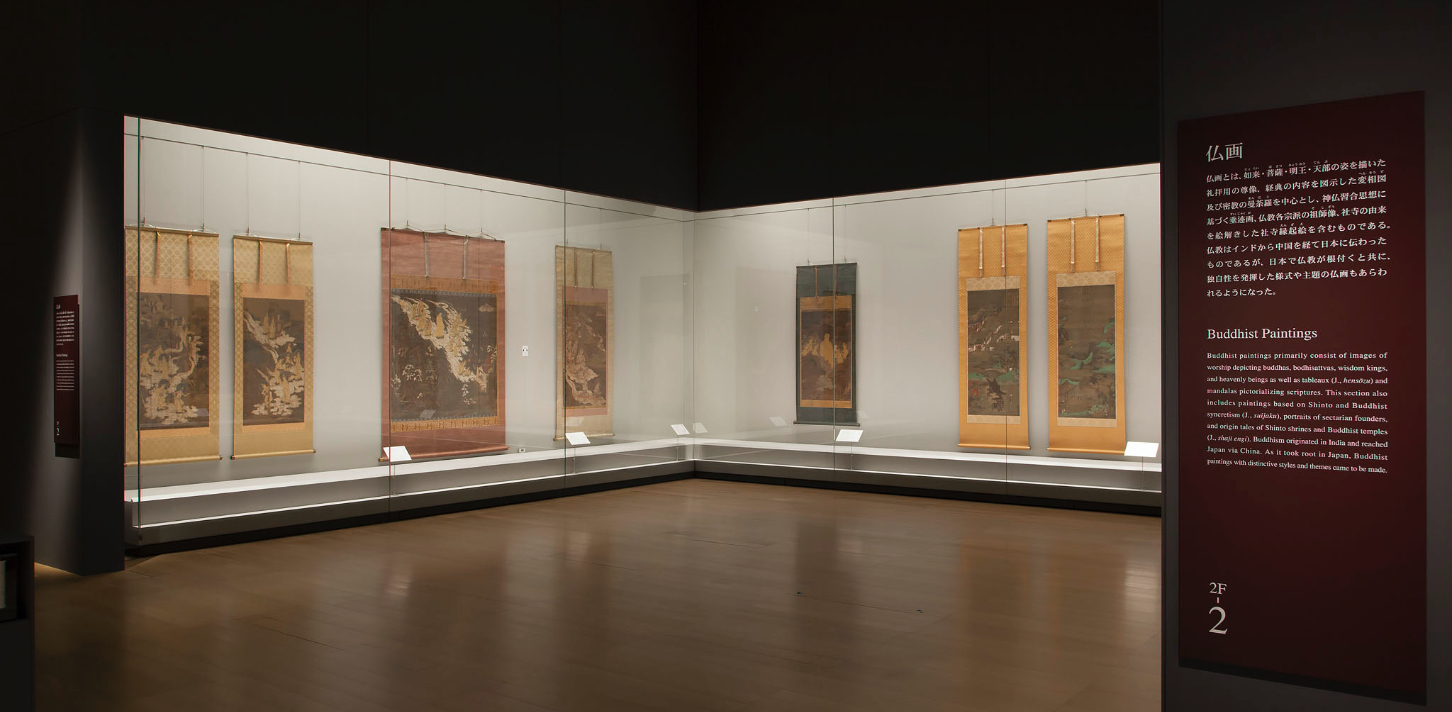
Special Exhibition
Rinpa: The Aesthetics of the Capital
The special exhibition Rinpa: The Aesthetics of the Capital, held in 2015 to commemorate the first year since the opening of the Heisei Chishinkan, was attended by over 300,000 museum visitors. Tiger and Bamboo (KNM) by the Rinpa painter Ogata Kōrin (1658-1716) was shown in this exhibition and became the inspiration for the museum's official mascot Torarin.
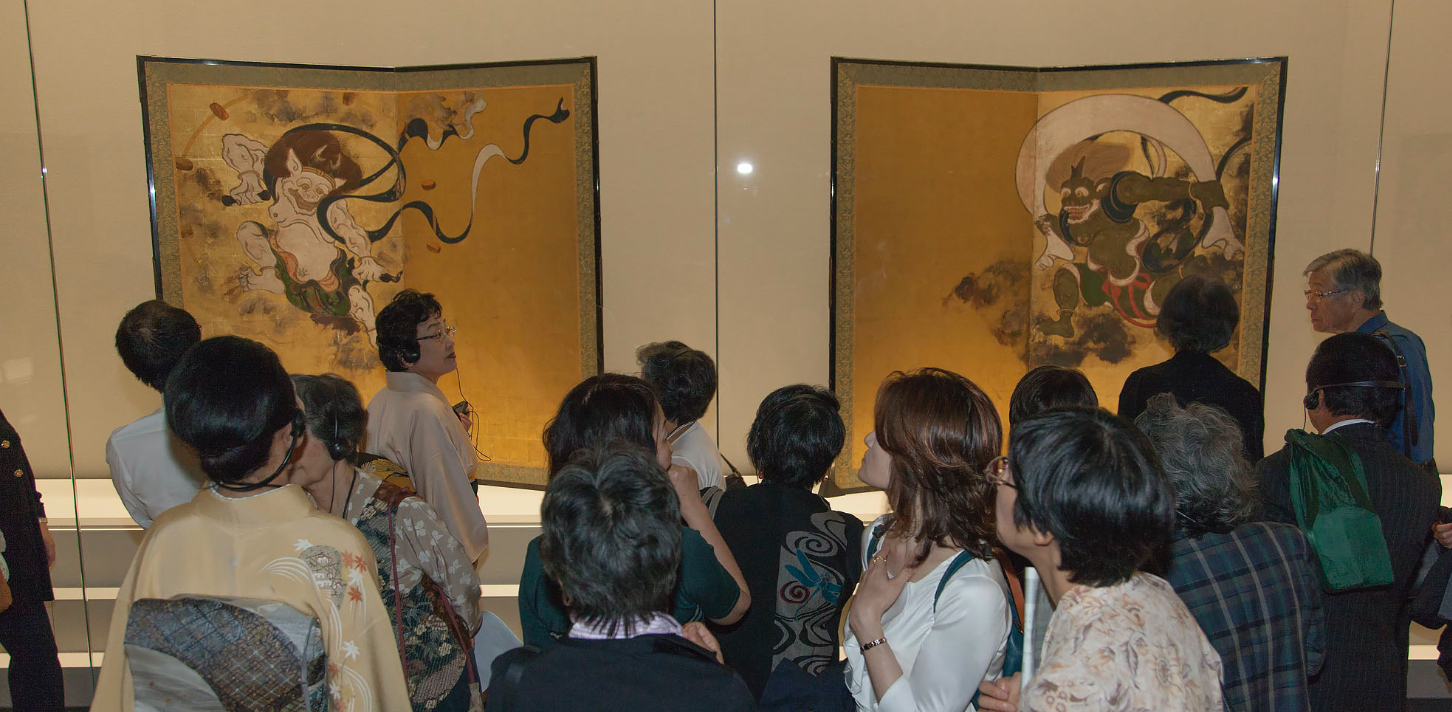
Torarin, the Kyoto National Museum's official mascot

Expanding Educational Outreach
A Museum for Everyone
Since 1994, the museum has hosted a graduate program for Kyoto University's Graduate School of Human and Environmental Studies, which allows graduate students majoring in history or art related disciplines to learn on site at the museum and through viewings and research.
Since 2009, with the cooperation of Kyoto City's Board of Education, the Kyoto National Museum, and the non-profit organization Kyoto Culture Association have provided outreach lessons to elementary and junior high schools. These are conducted by college and graduate students (Cultural Property Sommeliers) who have been trained by the museum to give lectures on art and history.
The museum also offers educational programs conducted in the Heisei Chishinkan Wing that are led by trained volunteer docents (Kyohaku Navigators). Using hands-on teaching materials, these engagement activities aim to foster greater familiarity with and appreciation for cultural properties.
-
Kyohaku Navigators
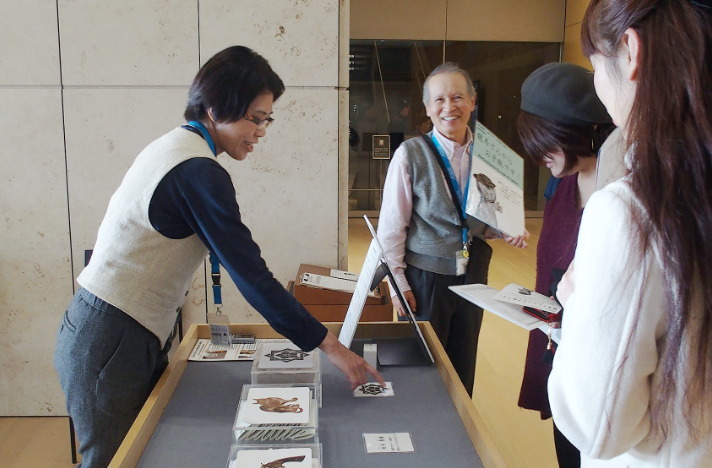
Volunteer docents lead educational programs using a Hands-on Cart.
-
Cultural Property Sommeliers
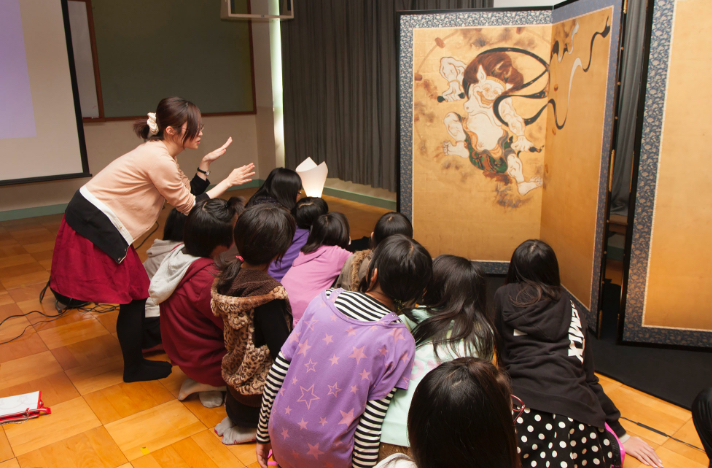
Undergraduate and graduate students trained by the museum conduct educational outreach programs in local schools.
-
Educational Flyers
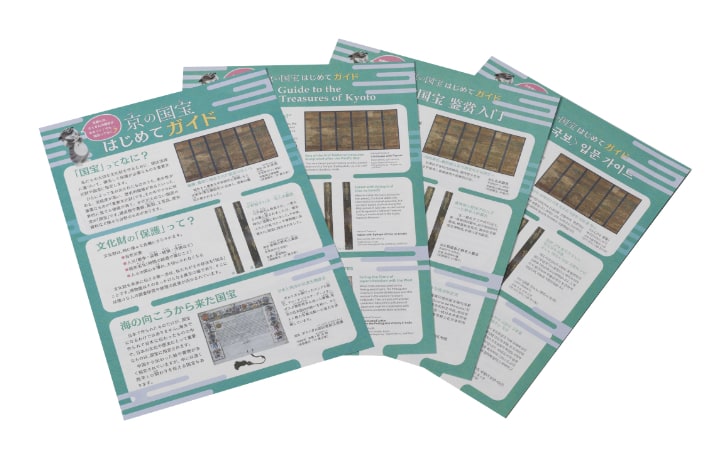
Brief guides printed in four languages to help visitors better enjoy the exhibitions.
-
Summer Seminars
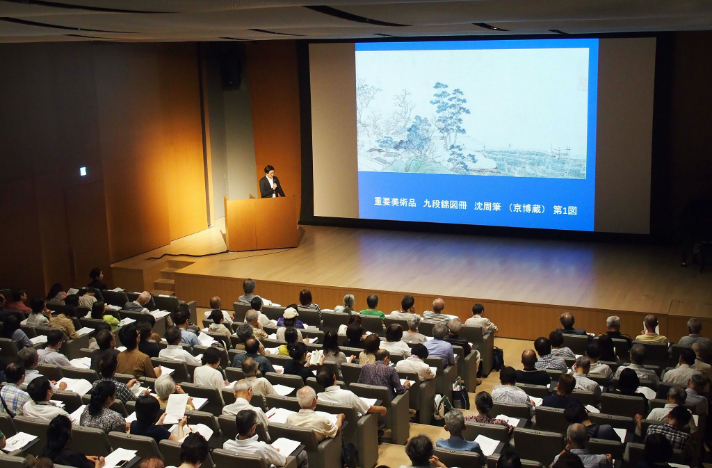
Annual lecture series on a given theme by specialists in various fields.
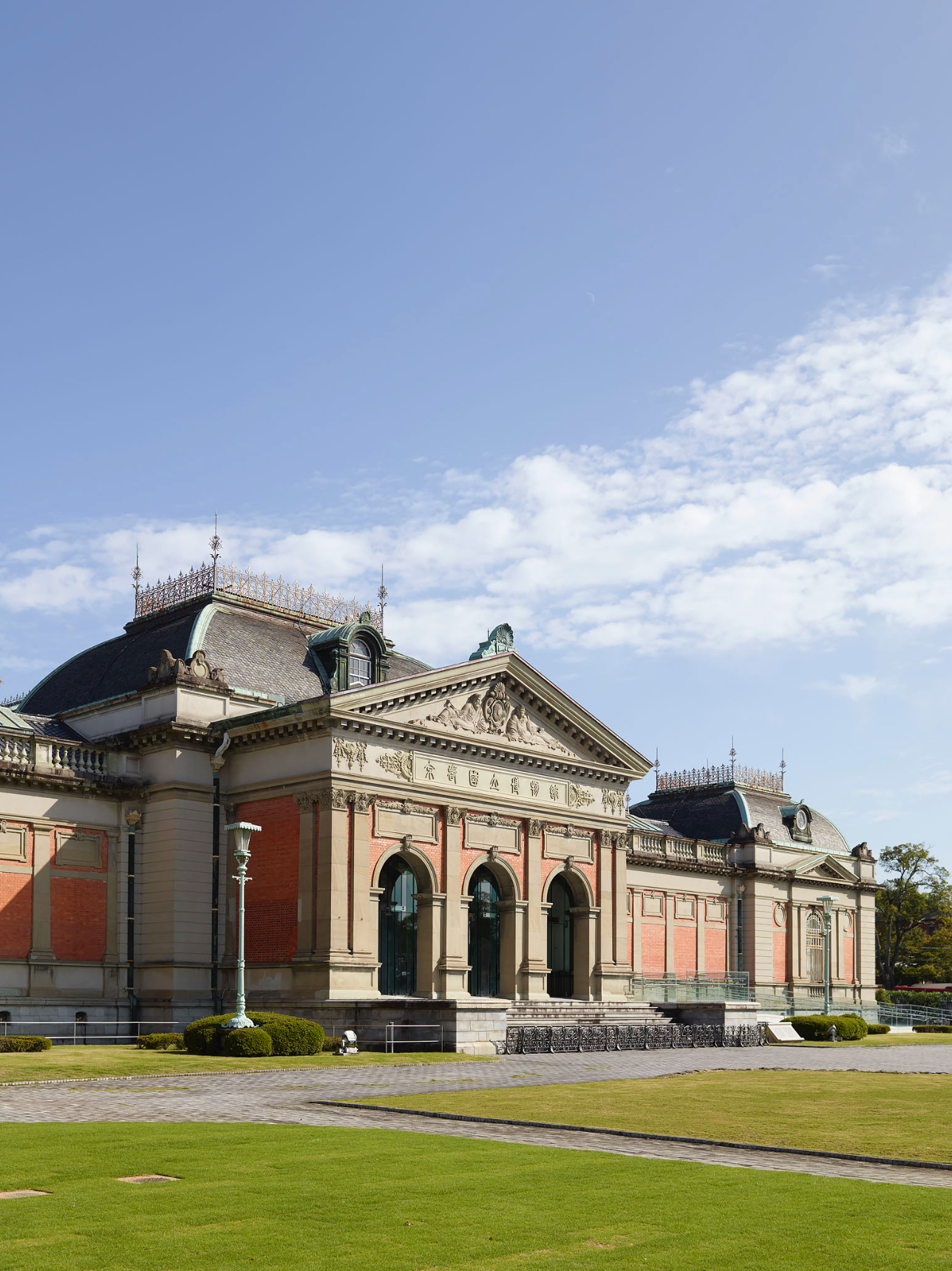
Looking toward the Future
The Meiji Kotokan (Main Hall) has been closed since 2015 in preparation for seismic upgrades. A plan is currently underway to restore and preserve the Meiji-period building as a functional exhibition hall, to be executed over a period of ten years or more. As the Main Hall undergoes renovations, the Heisei Chishinkan Wing will continue to serve as the venue for special exhibitions as well as for exhibitions of the collection for the foreseeable future. As the transformation of this 1895 building into a modern exhibition hall moves forward, it is likely to generate great interest among the public.
The museum continues to respond to advances in information technology and globalization by exploring ways to develop and improve digitization and services for domestic and overseas visitors. The museum staff also continues to organize both large-scale and smaller-scale exhibitions that present the results of focused scholarly research.
The Kyoto National Museum has been and remains a public place of peace, beauty, and knowledge. Going forward, it will strive to create an ever more inclusive space where more visitors can enjoy and learn about Japan's cultural treasures.
